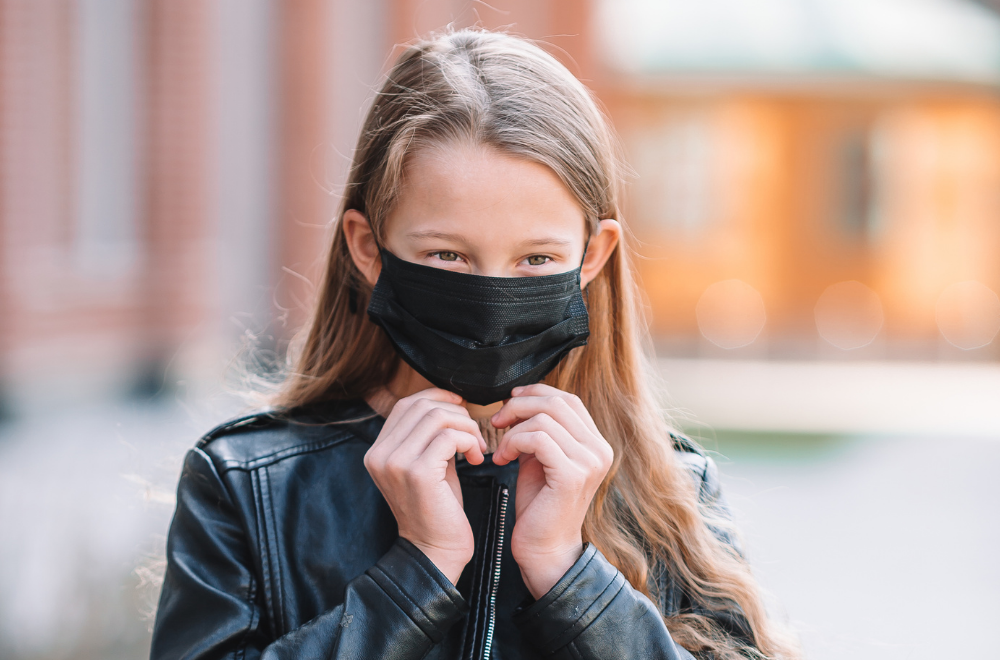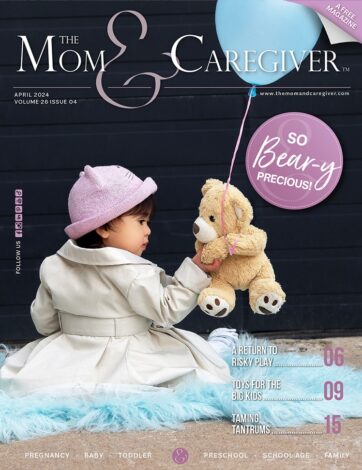10 Tips for Talking While Wearing Face Masks
Wearing a mask or face covering has become a widely accepted means of protecting us and those around us, by reducing the spread of COVID-19. However, wearing a mask poses communication barriers, especially for those with speech, language and hearing challenges.
Masks and face coverings create communication challenges by making speech sounds and voices muffled and more difficult to hear. Young children rely on seeing a communication partner’s mouth to learn how to make speech sounds and interpret social cues. Children with speech sound difficulties need face-to-face time to understand and to develop appropriate placement of their lips, tongue and teeth in order to practice and learn to articulate sounds for improved intelligibility. Additionally, children who have difficulty listening and understanding speech and language will have more difficulty when their communication partner is wearing a mask.
This may result in slower development of speech and language skills and increased frustration for the child. Parents, grandparents and educators need to be aware of these communication challenges and support children and teens when interacting with them. Speech-Language and Audiology Canada (SAC) has developed recommendations to improve communication while wearing a mask:
Tips for Communicating While Wearing a Mask
1. Move to a quiet place or reduce competing noises in the environment.
2. Face your communication partner and make sure nothing is blocking your view.
3. Get the attention of your communication partner before you start talking.
4. Be open and adaptive: ask what you can do to help make communication easier.
5. Use your eyes, hands, gestures and body movements to add more information to your speech.
6. Speak a little more slowly and slightly louder than usual, but do not shout.
7. Use a voice amplifier or microphone.
8. If your conversation partner is having difficulty understanding you, you can repeat, rephrase, or write your message down.
9. Use speech-to-text apps to transcribe speech in real-time
10. When selecting a mask, consider using a mask with a clear window. This will provide protection while still allowing others to see your mouth movements.
Although the need to wear masks to help decrease the spread of COVID-19 can pose as a barrier to those with communication difficulties, simple strategies can make mask-wearing more accessible and comfortable for everyone!
Adapted from: “Wearing a Mask Changes Communication for Everyone”, by Speech-Language and Audiology Canada (2020).
Elizabeth Skirving, M.S., M.Ed., Reg. CASLPO Andrea Jennings, M.Cl.Sc., Reg. CASLPO Speech-Language PathologistsFern Speech and Language Services
Andrea Jennings, M.Cl.Sc., Reg. CASLPO
Elizabeth Skirving, M.S., M.Ed., Reg. CASLPO
Speech-Language Pathologists
Fern Speech and Language Services














